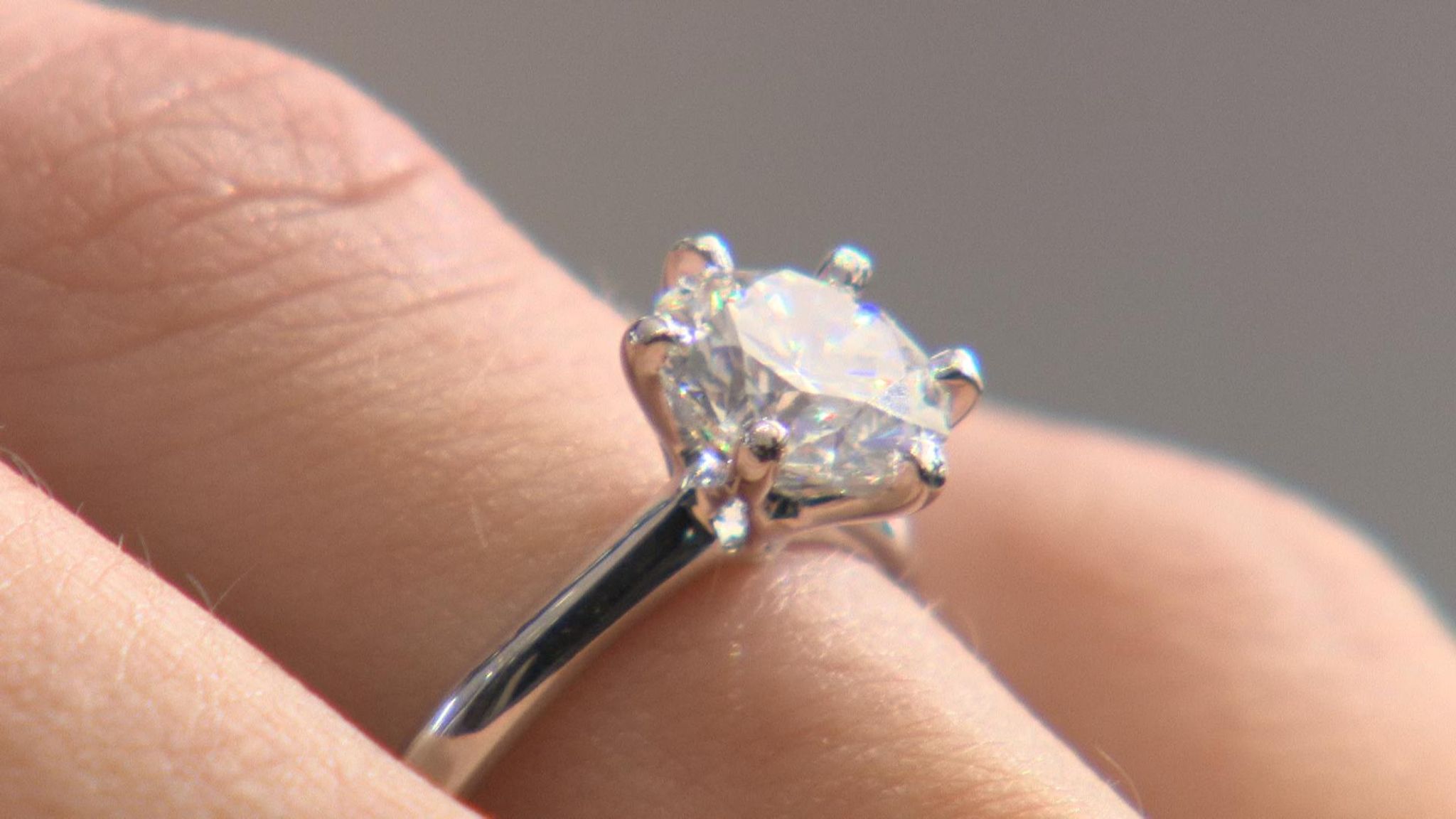The Future Of Diamonds: Lab-Grown Stones That Are Virtually Indestructible

What will the future hold for diamonds? Will we still be using them in our jewelry, or are they just going to be replaced with lab grown diamonds Manchester that are virtually indestructible? In this blog article, you can learn what some of the most popular developments in diamond production have been over the years and how they might shape the industry in the future.
What Are Lab-Grown Diamonds?
Lab diamonds Melbourne are diamonds grown in a laboratory rather than extracted from natural sources. They’re similar in many ways to traditional diamonds – they’re made up of carbon atoms arranged in a specific pattern – but they’re not actually real diamonds. That’s because diamond formation happens only at very high temperatures and pressures deep within the Earth, so it’s impossible to create them artificially in a lab.
Instead, lab-grown diamonds are made by heating carbon atoms until they form tiny crystals called diamondoids. These crystals then grow into larger diamondoid clusters, which are slowly squeezed under pressure until they form small chunks of diamond. The process is slow but can eventually produce enough material to create a genuine diamondoid cluster containing at least one genuine diamond atom.
Why Are Lab-Grown Diamonds Better For The Environment?
Lab-grown diamonds have environmental benefits over traditional diamonds because they don’t have the same environmental impact. They are virtually indestructible, unlike traditional diamonds, which means they can be used in more applications. They are also safe for the environment because they do not require harmful chemicals to produce.
Pros of Lab Grown Diamonds
Lab-grown diamonds are cheaper, indestructible, and environmentally-friendly compared to natural diamonds. They are created in a lab and are less than $2 per carat.

Cons of Lab Grown Diamonds
Lab-grown diamonds are created in a laboratory setting and may not be as sparkly or brightly colored as natural diamonds. They may also not have the same level of purity or quality.
How Long Will It Take To Create A Lab Grown Diamond?
Lab-grown diamonds are created by using a laser, gas pressure, or heat to force carbon atoms together to form a diamond. The most common method is to heat the diamond crystals to turn them into the desired shape.
There are several different types of labs that are working on lab-grown diamonds, and the technology is advancing quickly. Some labs are using lasers while others are using gas pressure and heat. There are also some labs that are combining both methods. The biggest challenge in creating lab-grown diamonds is getting them to the correct size and shape. Once that has been sorted out, it will be easier to create more of these stones.
There is still a lot of research that needs to be done before lab-grown diamonds can truly become a mainstream product, but the potential benefits are enormous. These stones would be virtually indestructible, meaning that they could survive anything from small scratches to a fall from a great height. They would also be much cheaper than regular diamonds, making them a viable option for many people.
